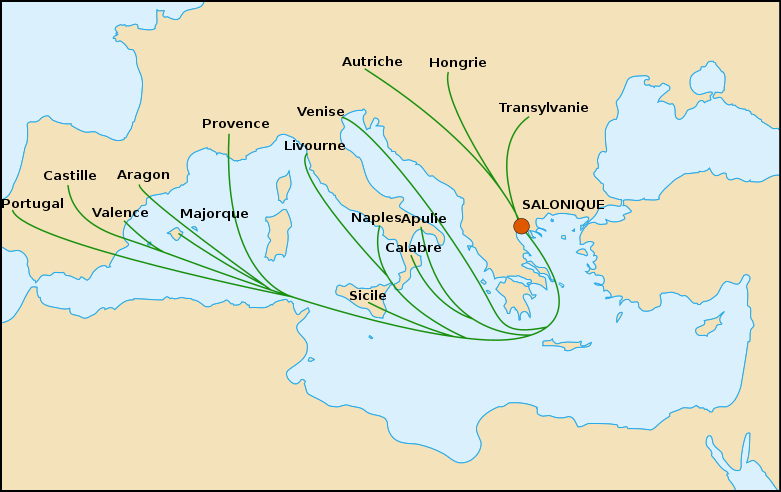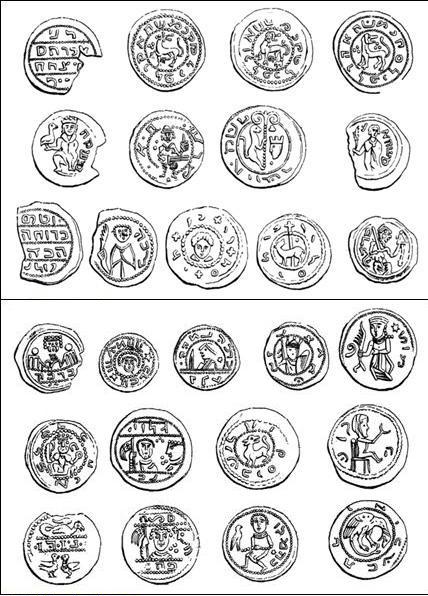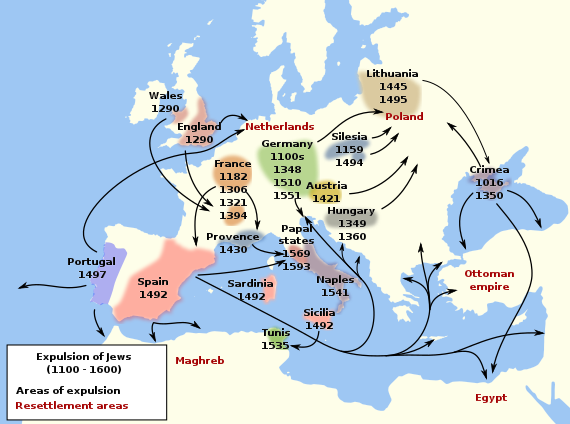Hackers target Israel...again. (The video is super creepy) It's not the first time and somehow I doubt that it will be the last. These attacks mean that Israel has to devote quite a bit of resources to protecting our online infrastructure. On the other hand, I think it has at least two positive consequences. One, it forces us to become world leaders in cyber security. For example, a new center for cyber security is already up and running in Be'er Sheva. Here are some articles about it. This is likely to, among other things, be good for the economy. Two, the fact that we are attacked as early and often as we are makes it less likely we'll ever suffer a catastrophic attack. We were also an early and frequent target of modern terrorism, which meant that we developed methods for dealing with it. Because of this I find it unlikely Israel will ever suffer as an enormous an attack as something like September 11; we had the "good fortune" of learning to deal with modern terrorism before it got as sophisticated as it is now.
An Arab-Israeli woman just won Israel's most popular TV show, "Master Chef." While I don't want to act like this fact whitewashes very serious problems Israel, including racism against Arabs (and ultra-orthodox Jews and Mizrahi/Eastern Jews), I do think its an accurate reflection of Israeli society. How many of our Arab neighbors do you think would allow a Jew to win a major, public contest?
Tel Aviv University tends to be an extremely liberal place. It's common knowledge that universities generally are quite liberal, as are big cities. But Tel Aviv, especially, has a liberal reputation. For example, it's often listed as one of the most gay-friendly cities in the world. A quick google search turns up dozens of gay Tel Aviv guides like this one. Considering how liberal Tel Aviv University is perhaps it should come as no surprise that they've allowed a convicted terrorist to come and speak at a student-run event, sparking protests at the school. On the one hand, this seems like a victory for free speech. On the other hand, I think it's important to ask whether a publicly financed university should allow a speaker like this.
Bias alert: I love Thomas Friedman, op-ed writer for the New York Times. In this recent article he contends that Sheldon Adelson, Jewish, right wing billionaire, is accidentally helping Ayatollah Khameini, leader of Iran. While I think this may be a little bit over the top, I agree with Friedman's point that Adelson's far right position makes it much easier for the world to focus on and criticize Israel, taking attention away from the big threat, Iran's development of a nuclear weapon.
While it doesn't show its statistics, this article claims that Berlin has the world's fastest growing Jewish community. Regardless, I asked the students how they felt about this, considering that there are still ex-members of the Nazi party walking the streets (and certainly their children and grandchildren, and they were all fine with it. Some of them even consider it a positive development that Jewish life is returning to Germay. While I understand intellectually that it's unfair to blame modern day Berlin or the children/grandchildren of the people who perpetrated one of history's most heinous crimes, it still bothers me deep down in my kishkes (guts). I'm not sure I could live there.
A group of African-Americans have their own Jewish-ish (though not recognized as Jewish by any official Jewish organization as far as I know) community in Dimona, Israel (a development town way down in the Negev Desert).
Over the last year Israel has released a number of Palestinian prisoners in a show of good faith to get the peace talks moving along (others would call it surrendering to blackmail). When we talked about this in class I explained to the students that, while there may be any number of good reasons to keep these people in jail, it's unlikely that they're likely to commit violent crimes in the future for the simple reason that the vast majority of violent crime is committed by young men (yes, it's true, my father is a professor of criminology). It turns out that at least one of them is actually trying to build bridges by teaching Hebrew to other Palestinians.
While the Arab Spring hasn't exactly worked out as well as many of us would have liked, there have certainly been some positive consequences, including, according to this article, the blossoming of Arab art.
In case making anti-semitic gestures wasn't getting him into enough trouble, French soccer player Nicolas Anelka recently said that the French Prime Minister's public opposition to the gesture was due to his Jewish wife. Awesome.
A "lost" mikve was recently rediscovered in the Netherlands. As we spoke about in class (and I wrote about on the blog) the expulsion from Spain in 1492 led to a large influx of Jews in the Netherlands, a very tolerant country at the time. These Sephardic Jews (and some Ashkenazim, too) were an important part of Dutch life up until the Holocaust.
An Arab-Israeli woman just won Israel's most popular TV show, "Master Chef." While I don't want to act like this fact whitewashes very serious problems Israel, including racism against Arabs (and ultra-orthodox Jews and Mizrahi/Eastern Jews), I do think its an accurate reflection of Israeli society. How many of our Arab neighbors do you think would allow a Jew to win a major, public contest?
Tel Aviv University tends to be an extremely liberal place. It's common knowledge that universities generally are quite liberal, as are big cities. But Tel Aviv, especially, has a liberal reputation. For example, it's often listed as one of the most gay-friendly cities in the world. A quick google search turns up dozens of gay Tel Aviv guides like this one. Considering how liberal Tel Aviv University is perhaps it should come as no surprise that they've allowed a convicted terrorist to come and speak at a student-run event, sparking protests at the school. On the one hand, this seems like a victory for free speech. On the other hand, I think it's important to ask whether a publicly financed university should allow a speaker like this.
Bias alert: I love Thomas Friedman, op-ed writer for the New York Times. In this recent article he contends that Sheldon Adelson, Jewish, right wing billionaire, is accidentally helping Ayatollah Khameini, leader of Iran. While I think this may be a little bit over the top, I agree with Friedman's point that Adelson's far right position makes it much easier for the world to focus on and criticize Israel, taking attention away from the big threat, Iran's development of a nuclear weapon.
While it doesn't show its statistics, this article claims that Berlin has the world's fastest growing Jewish community. Regardless, I asked the students how they felt about this, considering that there are still ex-members of the Nazi party walking the streets (and certainly their children and grandchildren, and they were all fine with it. Some of them even consider it a positive development that Jewish life is returning to Germay. While I understand intellectually that it's unfair to blame modern day Berlin or the children/grandchildren of the people who perpetrated one of history's most heinous crimes, it still bothers me deep down in my kishkes (guts). I'm not sure I could live there.
A group of African-Americans have their own Jewish-ish (though not recognized as Jewish by any official Jewish organization as far as I know) community in Dimona, Israel (a development town way down in the Negev Desert).
Over the last year Israel has released a number of Palestinian prisoners in a show of good faith to get the peace talks moving along (others would call it surrendering to blackmail). When we talked about this in class I explained to the students that, while there may be any number of good reasons to keep these people in jail, it's unlikely that they're likely to commit violent crimes in the future for the simple reason that the vast majority of violent crime is committed by young men (yes, it's true, my father is a professor of criminology). It turns out that at least one of them is actually trying to build bridges by teaching Hebrew to other Palestinians.
While the Arab Spring hasn't exactly worked out as well as many of us would have liked, there have certainly been some positive consequences, including, according to this article, the blossoming of Arab art.
In case making anti-semitic gestures wasn't getting him into enough trouble, French soccer player Nicolas Anelka recently said that the French Prime Minister's public opposition to the gesture was due to his Jewish wife. Awesome.
A "lost" mikve was recently rediscovered in the Netherlands. As we spoke about in class (and I wrote about on the blog) the expulsion from Spain in 1492 led to a large influx of Jews in the Netherlands, a very tolerant country at the time. These Sephardic Jews (and some Ashkenazim, too) were an important part of Dutch life up until the Holocaust.
.jpg/800px-Portuguese_Synagogue_(Amsterdam).jpg)















